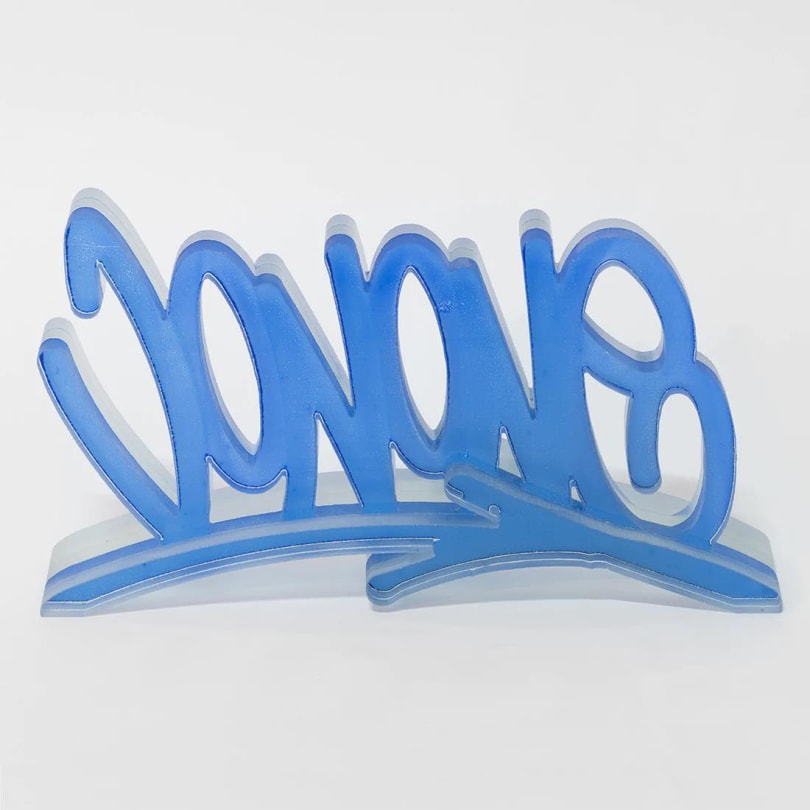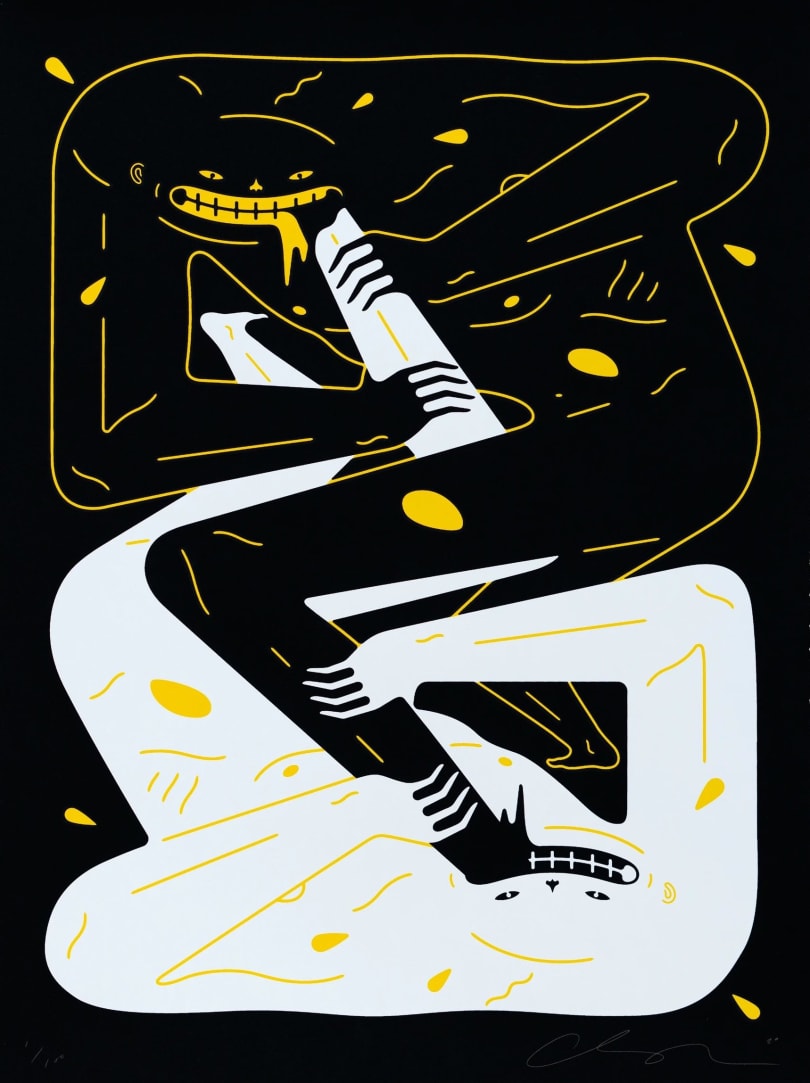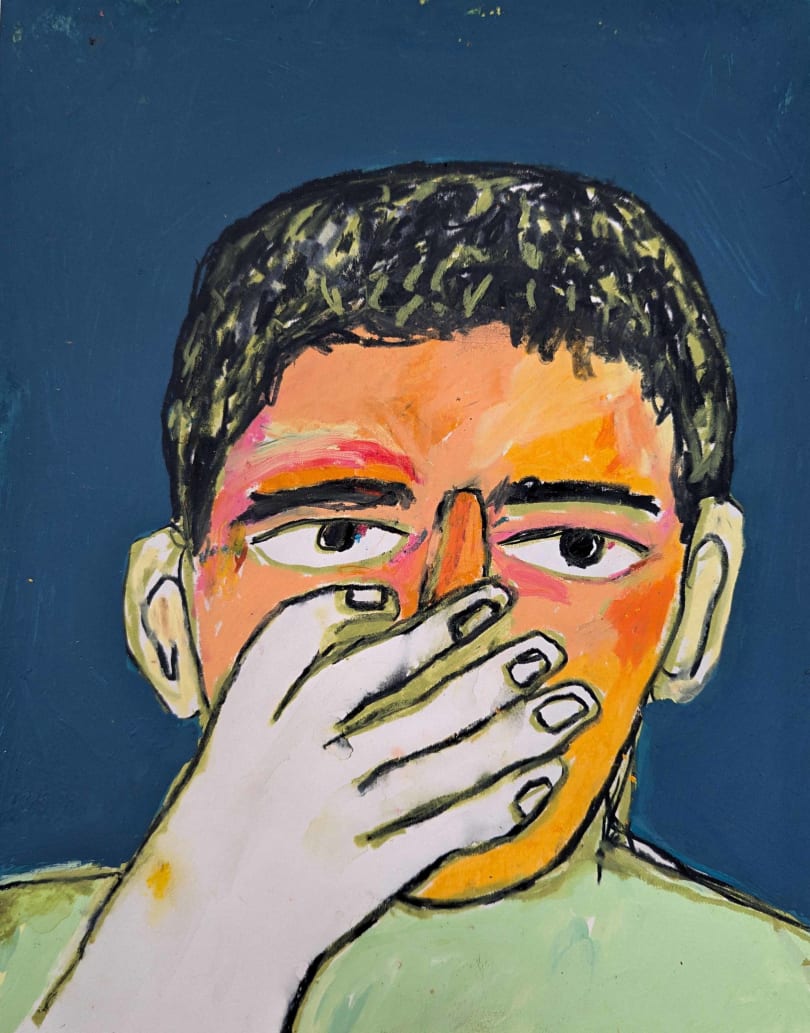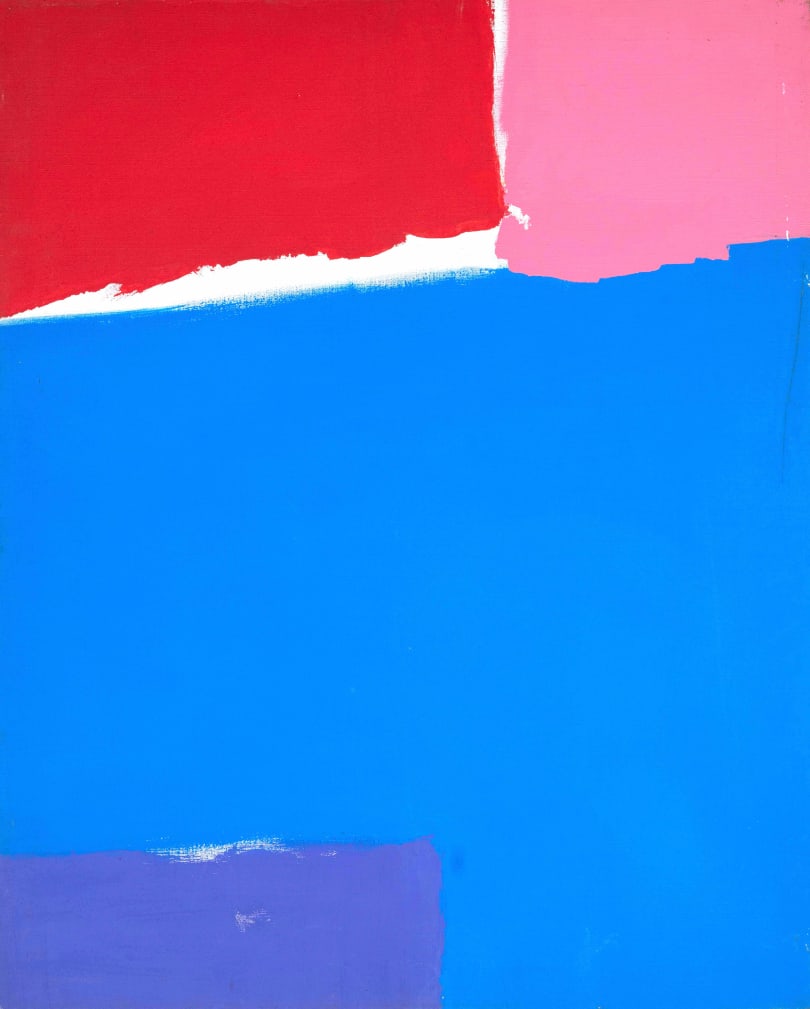
Sur le champ de courses
Category
DrawingTechnique
Black ink on paperDate
1949Dimensions
32.5 cm x 49 cmMake an offer of
Artwork information
Category
DrawingTechnique
Black ink on paperDate
1949Dimensions
32.5 cm x 49 cmSignature
Signed and datedProof(s) of authenticity
Signed and dated "Lapicque 49"State of conservation
Drawing in good condition. The paper is a little yellowed and there are some slight folds.Framing
NoLocation
Paris, FranceDescription
This drawing by Charles Lapicque represents a horse race, the movement emanating from it is visible and delicate.
Provenance
French private collection
Bibliography
Ader Nordmann catalogue of 13 September 2019, Modern Art Sale, Drouot Paris.
The artist

Bio
Charles Lapicque is a painter of the New School of Paris born in 1898 into a family passionate about science and the arts. Charles Lapicque has multiplied his experiences throughout his life. An artist and scientist, he graduated from the École Centrale in 1921 and worked as an engineer until 1928.
In 1931, he accepted a position as a preparator at the Paris Faculty of Sciences, taking advantage of the laboratory to carry out research on colours. He did not hesitate to question some of the pictorial conventions of the Renaissance. In 1939, he developed the "grid system", a derivative of fauvism, cubism and medieval art. This system was the culmination of his optical and pictorial discoveries.
In 1943, he completely abandoned his career as a scientist to devote himself to his art. In the 1950s, against the prevailing trends, he showed his attachment to figuration, while making a few attempts in abstract art. Throughout his life he kept a predilection for the theme of the sea and its colours. He died in 1988.
"His work occupies a prominent place in contemporary French art. His way of progressing against the current ensures him a fundamental originality (...). Lapicque's Vocation Maritime and a number of his paintings dated 1939-1940 (Armed Figures, The Port of Loguivy, Joan of Arc Crossing the Loire, Saint Catherine of Fierbois, etc.) are in keeping with the role played by Les Demoiselles d'Avignon and the landscapes of Horto de Ebro in the Cubist adventure of the beginning of the century." Jean-Guichard-Meilli in 1960.







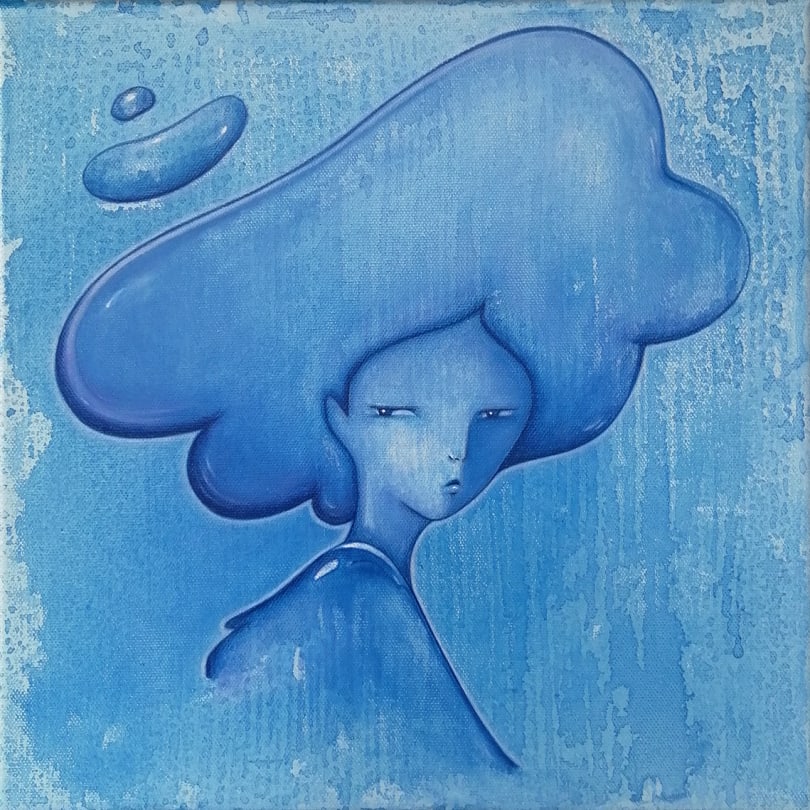



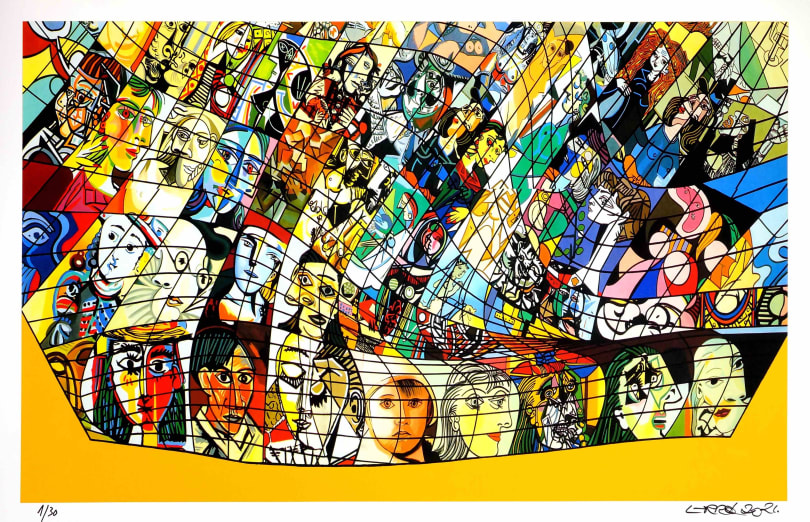
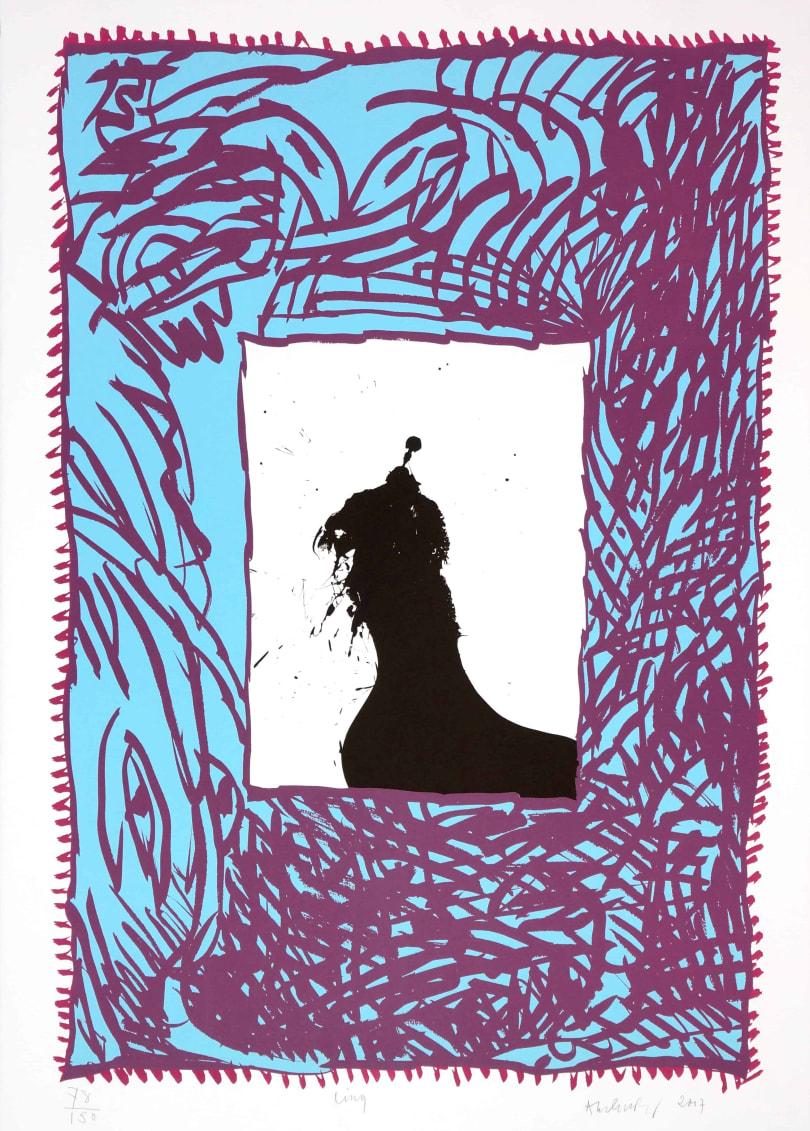







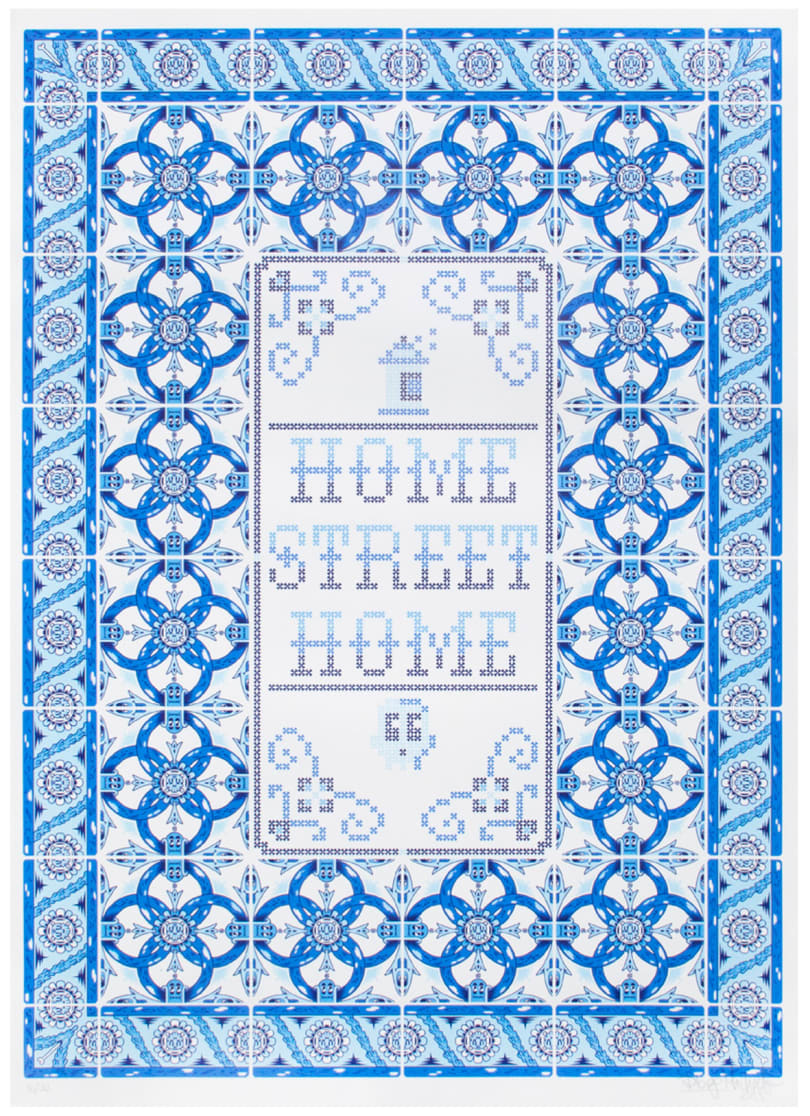



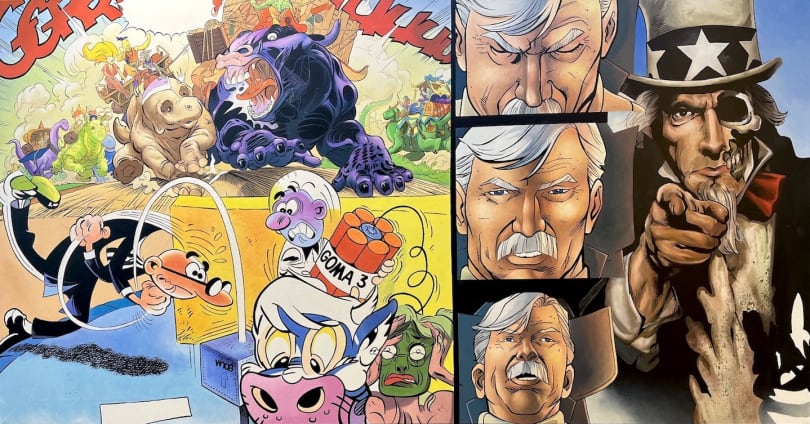


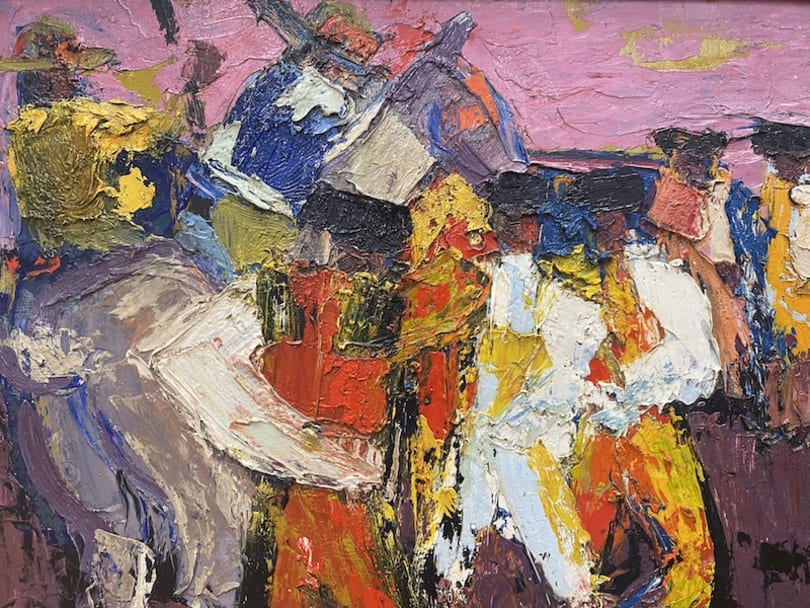
.jpg)


.jpg)


